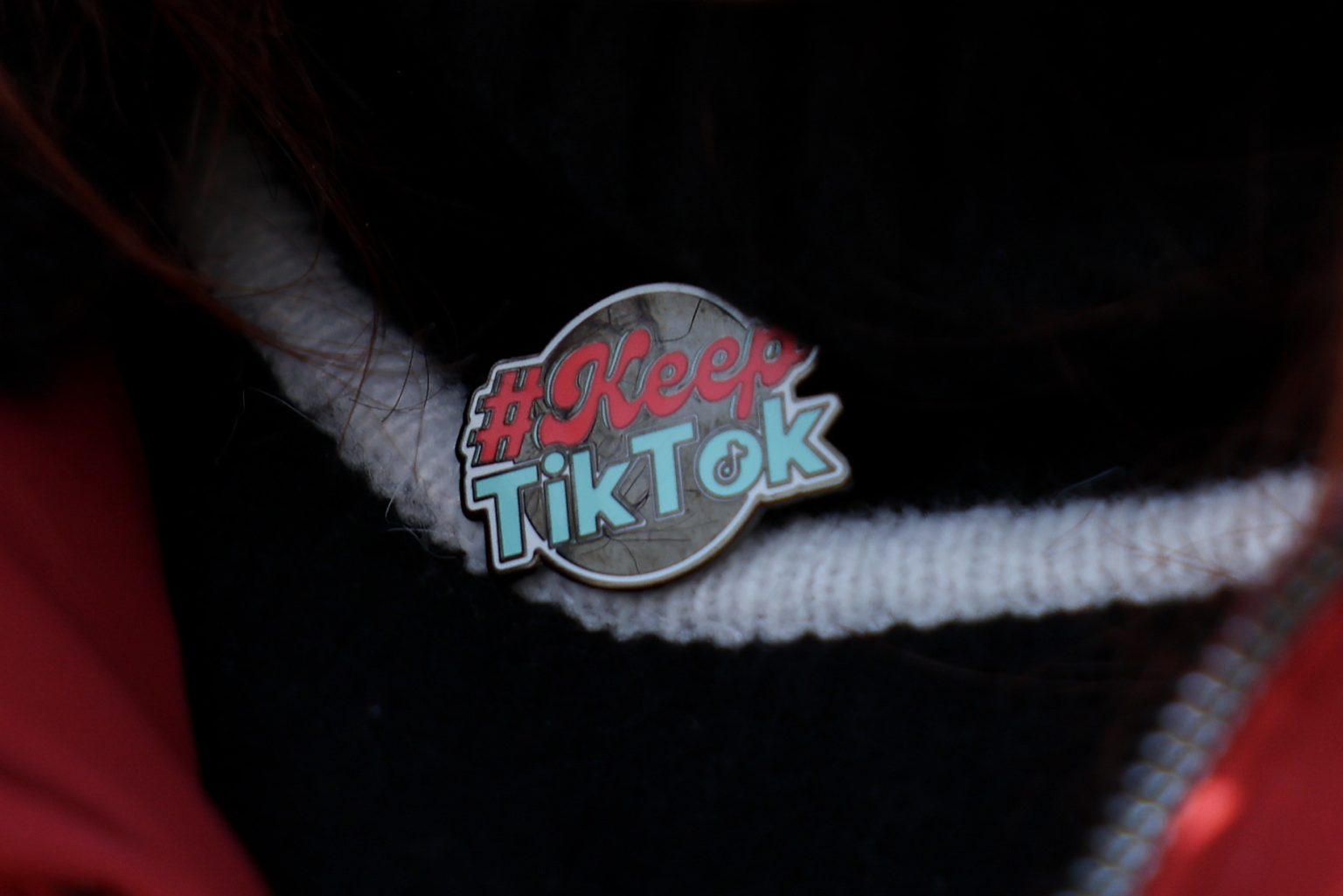The impending TikTok ban in the United States has sent ripples of anxiety through the online content creation community, forcing creators to scramble for alternative platforms to maintain their audience engagement. The Supreme Court’s recent hearing on the matter suggests that the ban, set to take effect on January 19, 2025, will likely be upheld. This leaves content creators with a mere week to strategize their migration to other platforms. The ban, stemming from national security concerns surrounding TikTok’s Chinese parent company, ByteDance, will initially prevent app updates and downloads, ultimately rendering the platform unusable. This has spurred creators to explore alternative avenues for sharing their content and connecting with their followers.
The legislative push to ban TikTok originates from the Protecting Americans from Foreign Adversary Controlled Applications Act, passed by Congress last year. This act mandates ByteDance to divest TikTok or face a ban, citing concerns about potential Chinese influence over American users. Despite TikTok’s legal challenges, including an appeal to the Supreme Court, the justices’ questioning during the hearing indicates a slim chance of overturning the ban. This precarious situation has prompted TikTok to consider preemptively shutting down its operations on January 19 to avoid complications arising from the ban. The legal arguments presented by TikTok’s representatives suggest that even if the platform doesn’t voluntarily shut down, service providers might cease supporting the app to avoid violating the Act, effectively rendering it unusable.
In the face of this impending ban, content creators are evaluating alternative platforms, with Instagram Reels emerging as a frontrunner due to its similar short-video format. Many TikTok creators already maintain Instagram accounts, often repurposing their content across both platforms. However, the perceived lag between content trends on TikTok and Instagram Reels poses a challenge, highlighting the former’s influence in setting online trends. YouTube Shorts, another short-video platform, hasn’t gained the same traction as TikTok or Instagram Reels, leaving creators searching for more effective alternatives. Interestingly, Lemon8, another app owned by ByteDance, has witnessed a surge in popularity in recent weeks as the TikTok ban looms larger.
Beyond Instagram and YouTube, content creators are also exploring other platforms like Twitch, a live-streaming service owned by Amazon. This platform aligns with TikTok’s recent expansion into live streaming, suggesting a potential migration of creators seeking similar functionalities. The prevailing sentiment among creators seems to be a return to established platforms like Instagram and Facebook, albeit with a degree of reluctance. The anticipated user influx to these platforms poses a question about their ability to replicate the unique features and engagement levels that TikTok offered.
Lemon8, launched in the US in 2023, presents a hybrid of Instagram and TikTok, incorporating both photo and video posts. This platform’s potential to absorb TikTok users is significant, especially given its existing integration with TikTok user data. Lemon8’s home screen resembles a blend of TikTok’s search and “For You” pages, providing a mixed feed of photo and video content. While a number of TikTok creators have already begun establishing a presence on Lemon8, its algorithm’s effectiveness in facilitating user discovery remains to be seen.
A closer look at Lemon8 reveals a unique user experience. Opening a photo post mirrors the Instagram post format, while video posts offer the familiar TikTok-style upward swipe for navigating to new videos. However, the mixed media presentation on the homepage necessitates more active user selection, potentially impacting user engagement compared to TikTok’s highly personalized “For You” page. The ultimate success of Lemon8, and other platforms vying for TikTok’s user base, will depend on their ability to replicate the features and engagement that made TikTok a cultural phenomenon. The coming weeks will be crucial for content creators as they navigate this transition and adapt their strategies for a post-TikTok digital landscape. The ban’s impact will not only reshape the content creation landscape but also potentially shift online trends and user behaviors.

